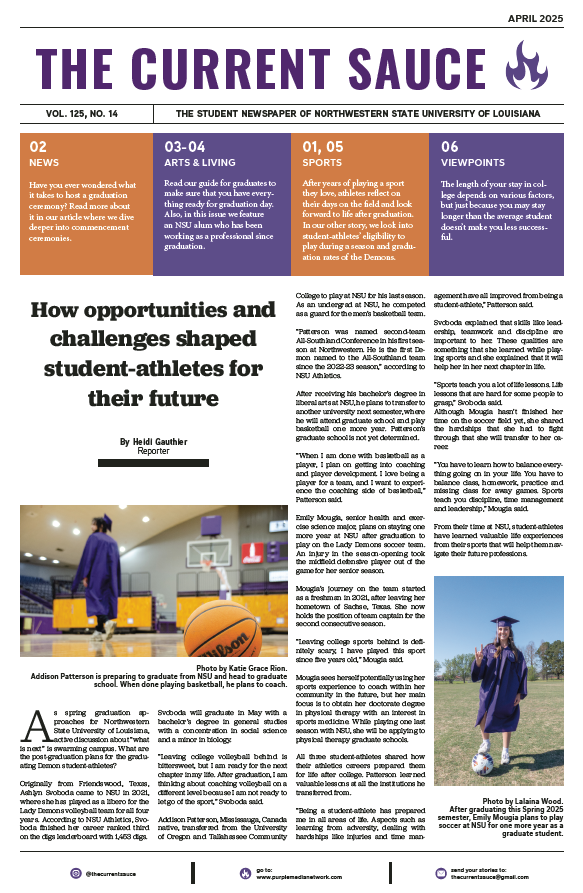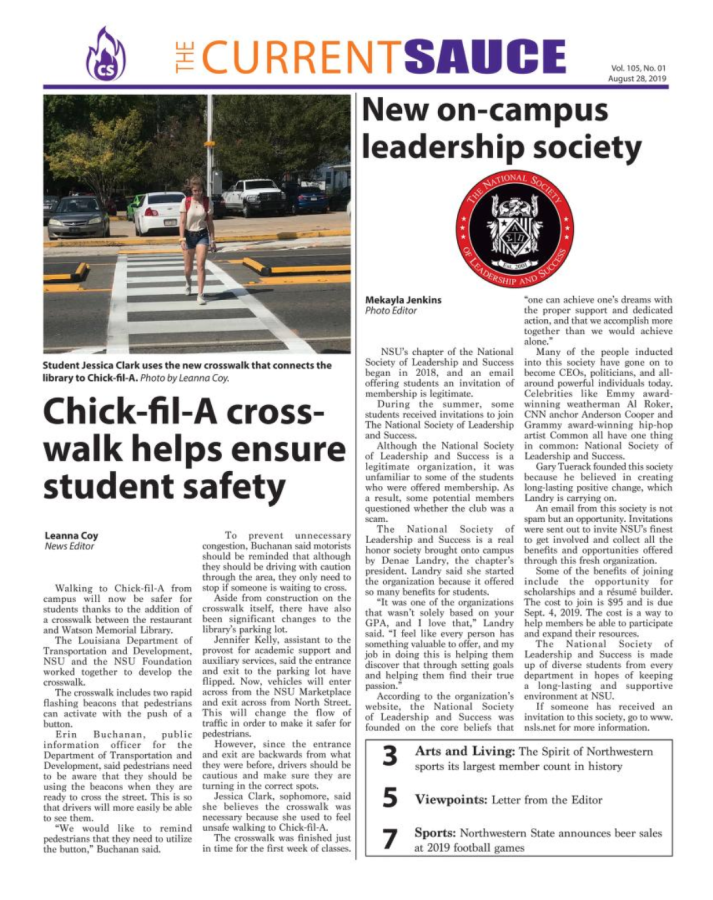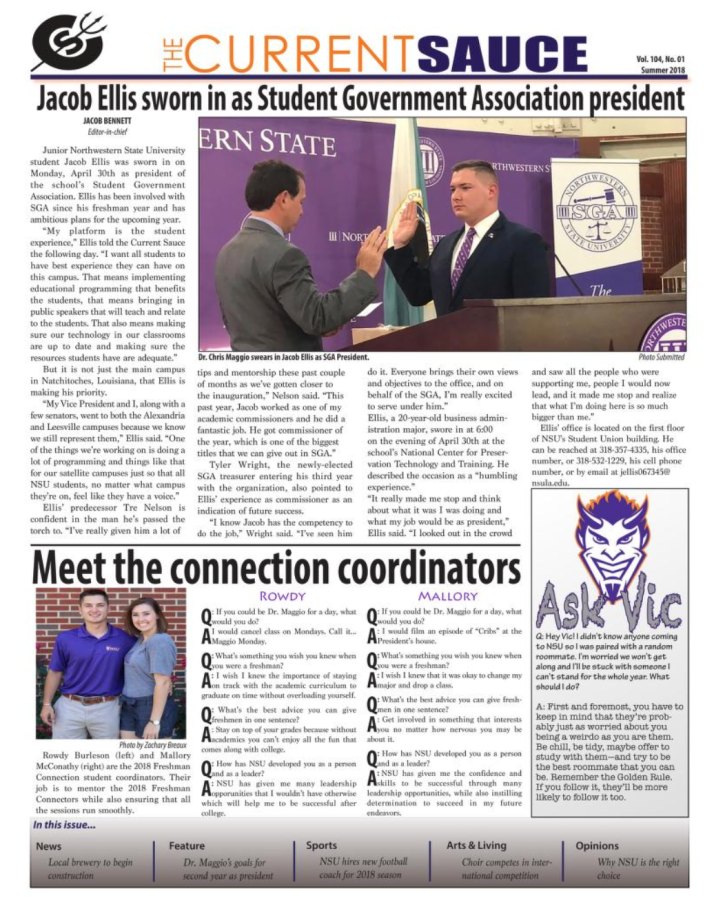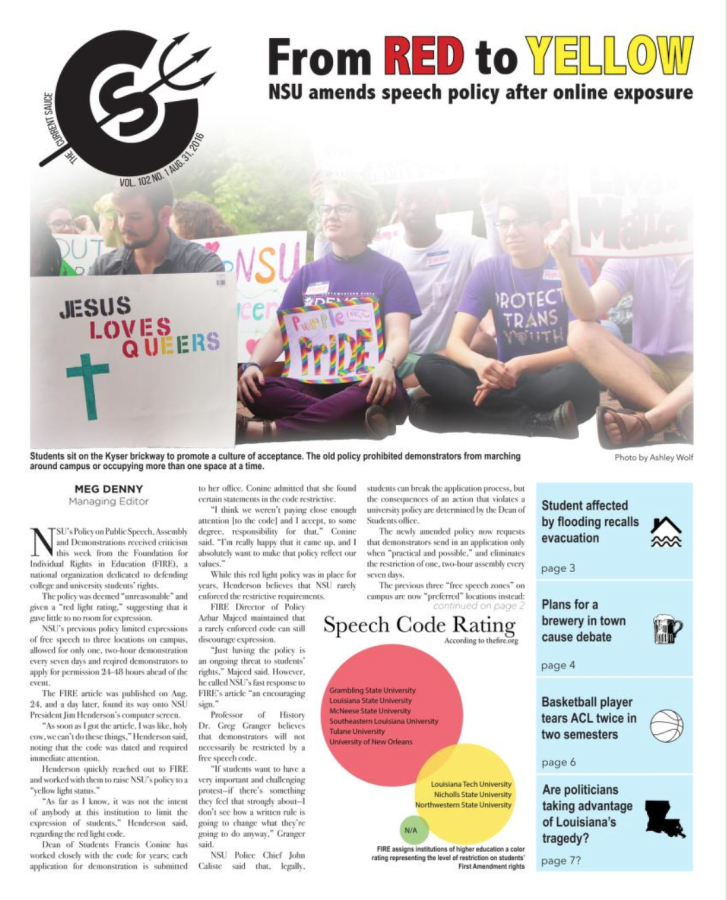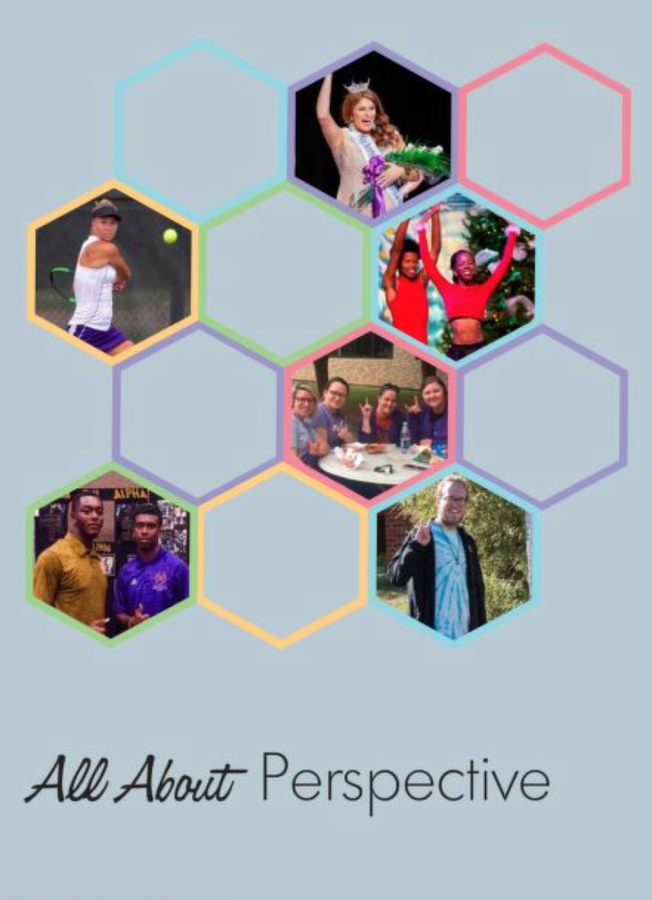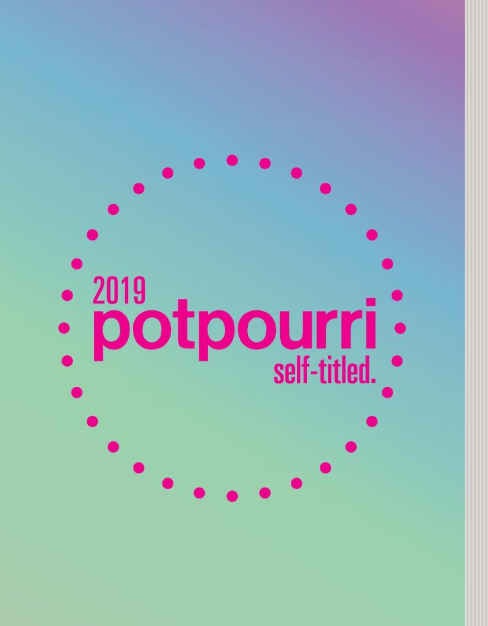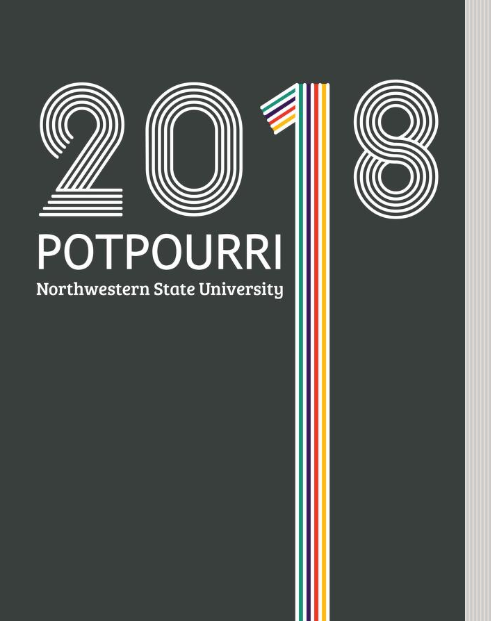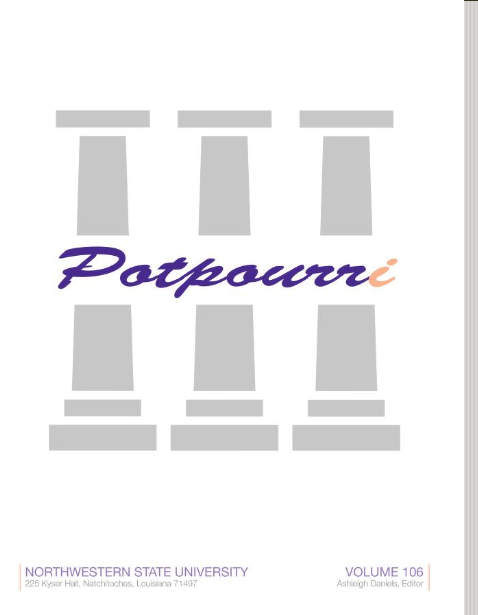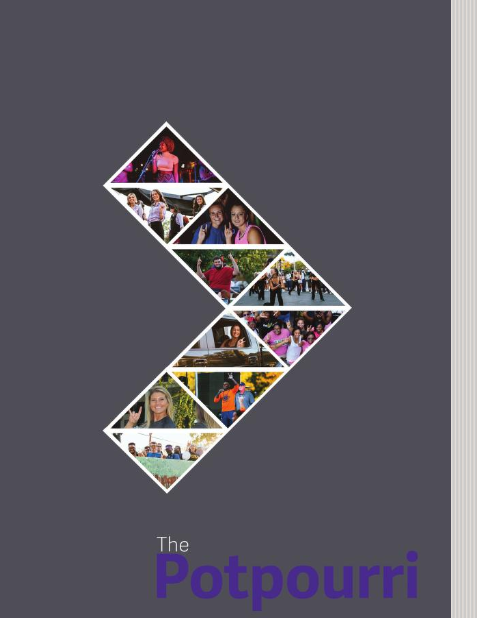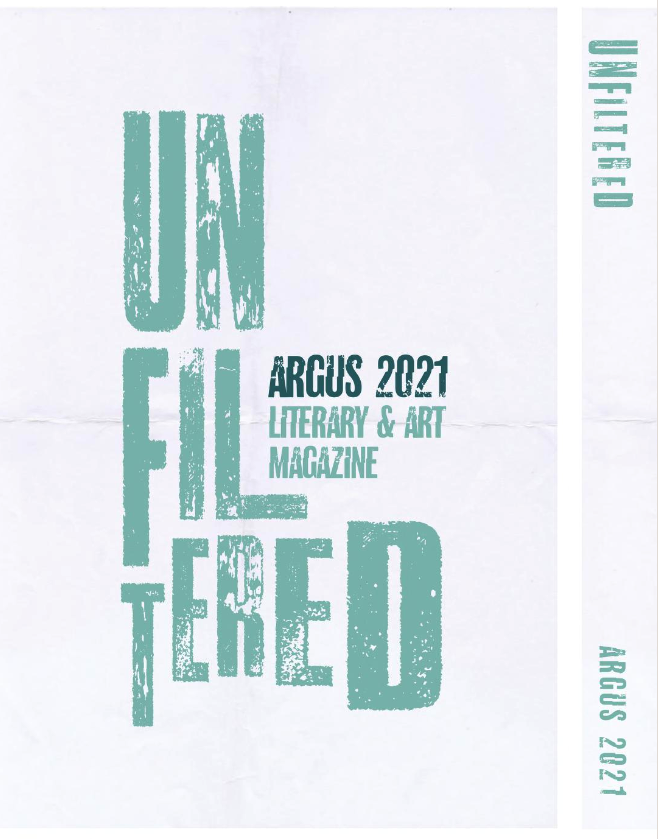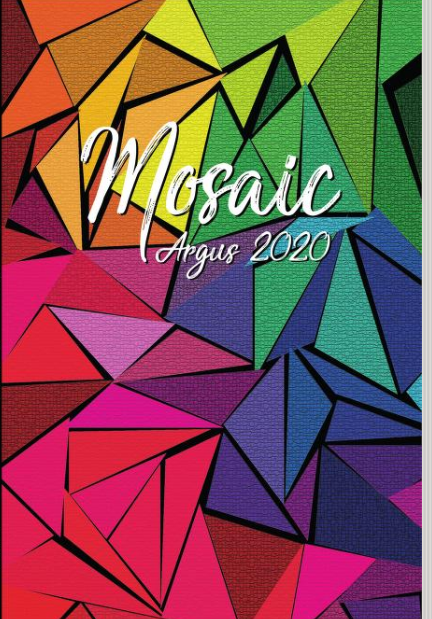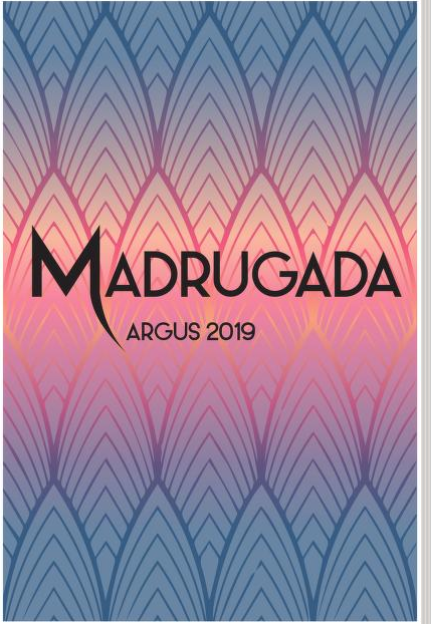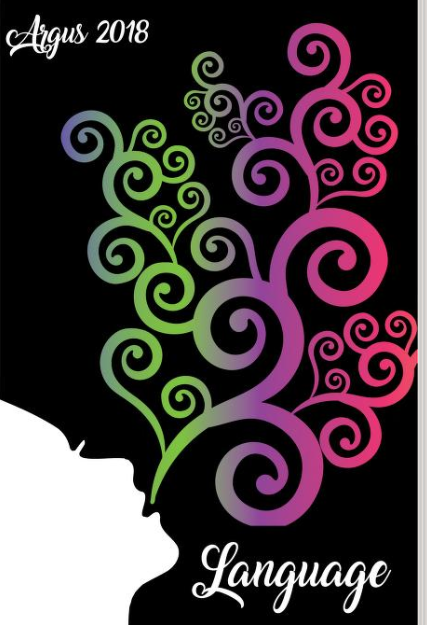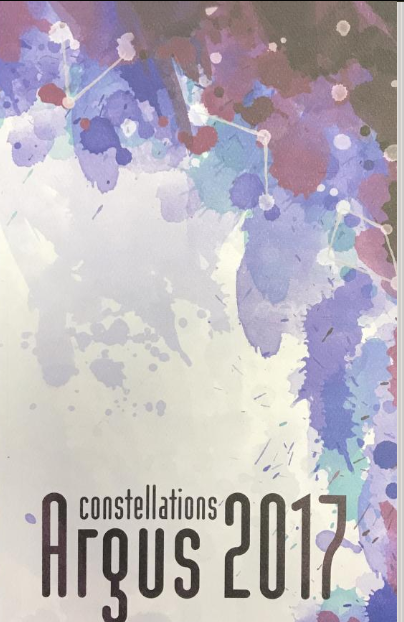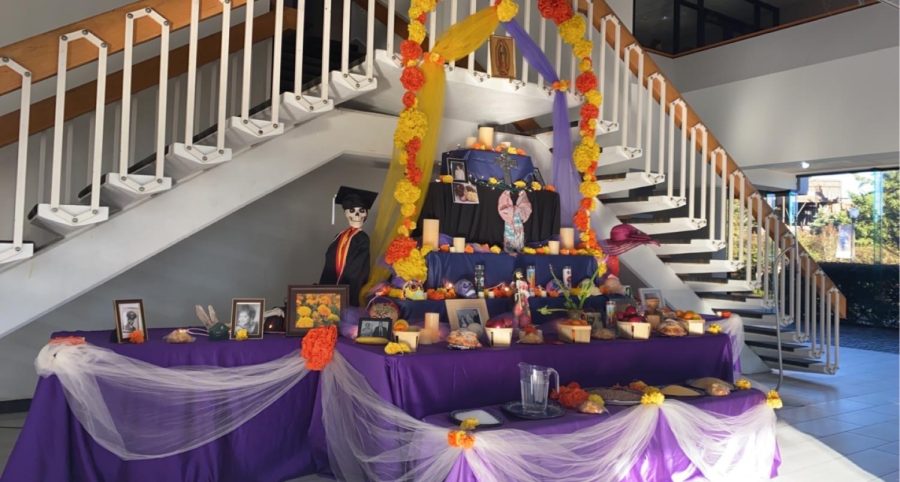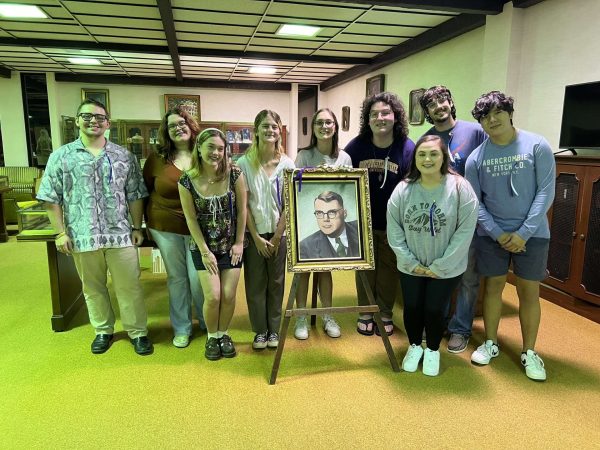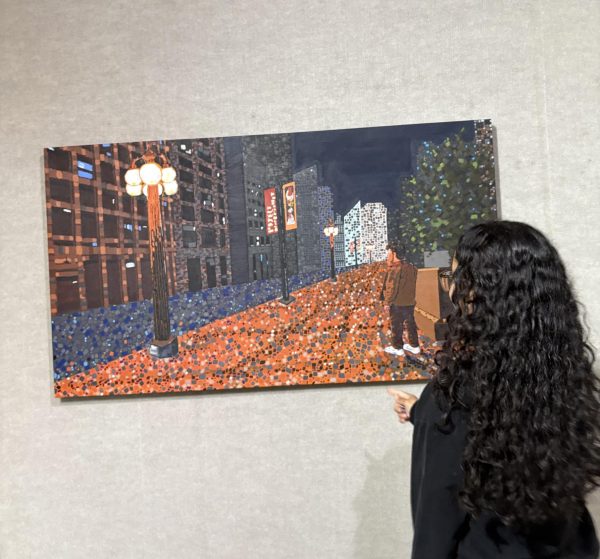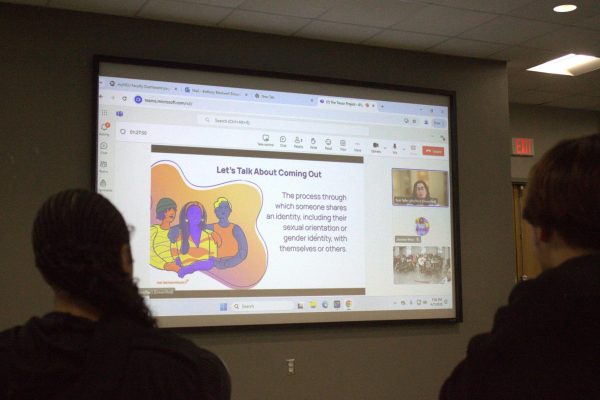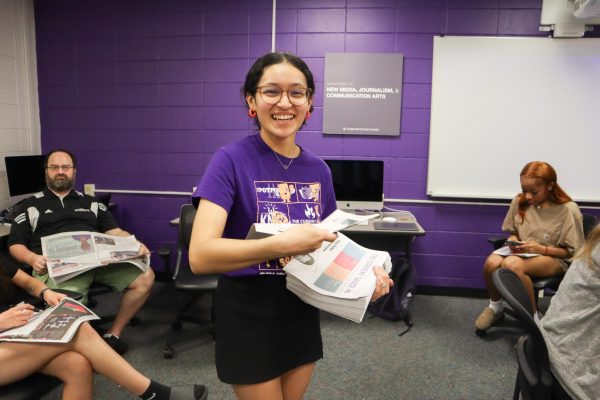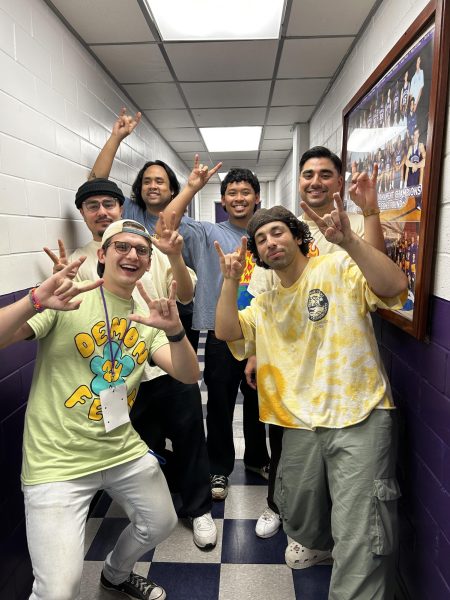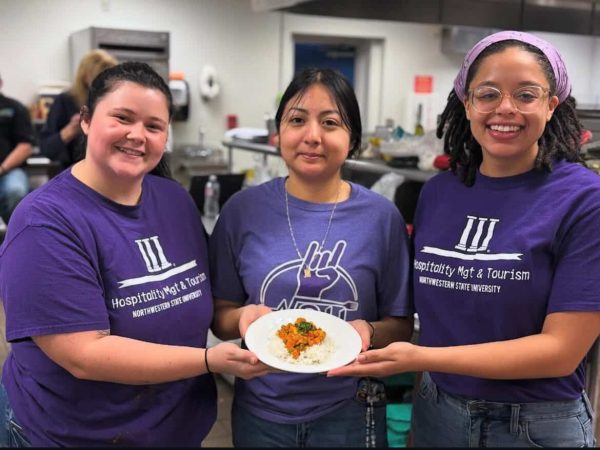Día de los Muertos: a day to honor life and death
Those who celebrate Día de los Muertos give offerings such as the favorite food of those who passed, flowers, mementos and other items of significance at cemeteries where they are laid to rest.
As Oct. 31 approaches, most people in the U.S. prepare for Halloween, a holiday meant to scare, frighten and trick or treat. However, during this time of the year, Halloween isn’t the only holiday being celebrated.
There is another major holiday called Día de los Muertos, or the Day of the Dead, that is celebrated not only in parts of the U.S. but widely in Mexico.
Día de los Muertos is typically a two-day holiday, Nov. 1 and 2, meant to honor loved ones and ancestors who have passed. Some places celebrate for the entire week from Oct. 31 to Nov. 6.
It is celebrated primarily in Mexico, but there are communities in the U.S. that celebrate the holiday as well. There are similar holidays and celebrations by different names and customs elsewhere, but many are still considered Día de los Muertos.
In Mexico, where the holiday originated, the holiday is seen as both a major holiday and a national symbol. Some argue it originates in the Indigenous history of Mexico and others argue it originated in Europe, specifically Spain, from those who colonized Mexico.
Regardless of the origin, Día de los Muertos is of major cultural importance to those who celebrate it annually.
Those who celebrate Día de los Muertos give offerings such as the favorite food of those who passed, flowers, mementos and other items of significance at cemeteries where they are laid to rest.
Altars are constructed either at home or at the place of rest for offerings to be given.
Poems, or literary skulls, are spoken as a form of humorous stories about those who have passed. Skulls are dedicated to close friends, family or even historical figures to remember the stories the living and dead shared.
Andrew J. Briseño, professor of the Department of English, Foreign Language and Cultural Studies, celebrates the holiday by assembling photos of loved ones and giving an offering of a bottle of wine, a tradition he hopes to pass on to his children.
“As I learned more about the holiday and what it symbolizes, I wanted to reconnect to that. So my family and I put up an ofrenda every year to honor those that have gone before us,” Briseño said.
The imagery of the holiday often revolves around skeletons, skulls and religious items symbolizing death.
Emily Saldivar, senior music education major, recalls her experience with the holiday.
“Unlike Halloween, Día de los Muertos is not shared through a place of trick or treat rather than treat and only treat,” Saldivar said. “It is very unique how a skull is naturally perceived as a bad or death omen yet the Hispanic culture that celebrates it highly decorates it and adorns the skull in order to reflect the celebration of life in death.”
Although she is not home to celebrate with family, Saldivar celebrates by cooking an authentic meal from the recipes of her Grandmother.
Saldivar also dresses as La Catrina, a female sugar skull symbol of Día de los Muertos, by painting her face in vibrant colors to show the face of a skull.
The holiday, in spite of what can be seen as grim imagery, takes on at times a joyful and lighthearted tone to remember those who once lived.



